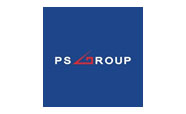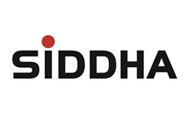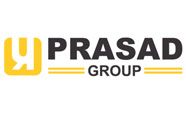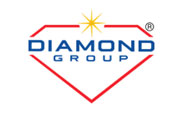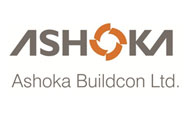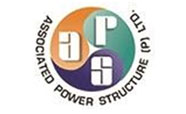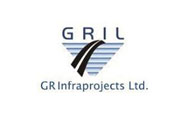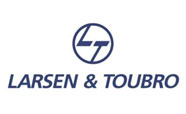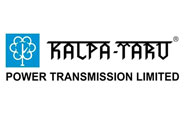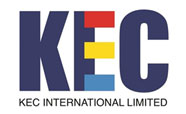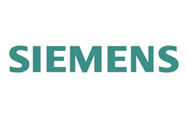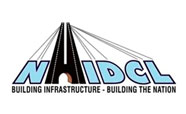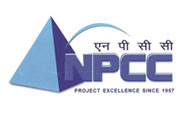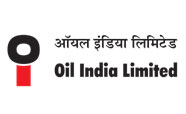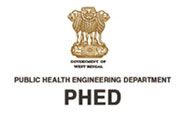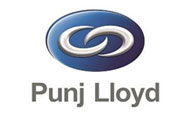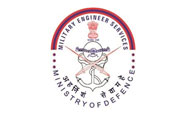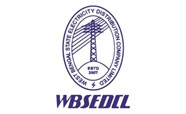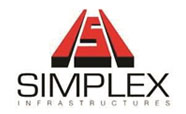- Call: 1800 102 5868
- E-mail: elegant@shakambharigroup.in
India is the largest producer of sponge iron in the world with a host of coal-based units located in the mineral-rich states of the country. Sponge iron is produced primarily through the coal-based method of production. Sponge iron is also known as Direct Reduced Iron (DRI) and is widely used in the steel industry as a primary raw material in induction and electric arc furnaces. Over the years sponge iron, a significant raw material for producing high-quality steel.
Sponge iron or DRI is produced from the direct reduction of iron ore to metallic iron in the form of lumps, pellets or fines. Sponge iron is a metallic product with consistent chemical and physical characteristics. Iron ore pellet is used for reduction and after reduction, the product resembles a sponge for the pores left behind after removal of oxygen. That’s why it is called sponge iron. The process of manufacturing sponge iron aims to remove the oxygen from iron ore. At Shakambhari, we use both iron ore (4-25mm) and pellet (round balls shaped of 5-18mm) as feed material for producing high-quality sponge iron. We have an integrated steel plant where sponge pellets are mostly produced for captive consumption at our Steel Melting Division. We produce high graded sponge pellets with low Sulphur content that are mainly used for manufacturing high-quality QST bars and Wire rods.
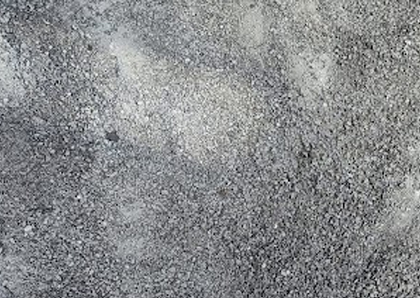
Ferro Alloys play a crucial role in steel production and defining their quality. They are used as deoxidisers and improve the properties of steel. Ferroalloys refer to one or more specific alloying elements employed in desirable quantities with iron in the most feasible technical and economic way. The principal Ferro Alloys include silicon, manganese, chromium, titanium etc. At Shakambhari, we manufacture different variants (Grades) of Ferro Alloys like Ferro Manganese, Silico Manganese, Ferrochrome, Ferro Silicon and so on.
Since the quality of raw material plays a major role in the smooth operation of the production process, we take utmost carewhile manufacturing Ferro Alloys. At Shakambhari, we procure the raw materials from credible sources – either directly from registered mines in India such as MOIL, AMTC etc. or import from overseas. The primary application of Ferro Alloys occurs in steel making process since they contribute to improved corrosion resistance, tensile strength and higher ductility at high temperatures. From melting to casting – the influence of Ferro Alloys is important in different stages of the steelmaking process.
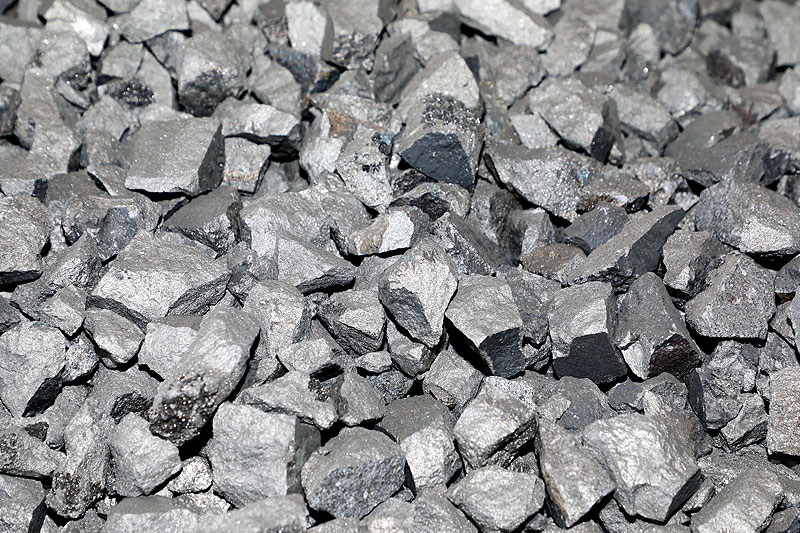
Billets are semi-finished casting steel considered to be one of the best raw materials for producing high-quality steel bars and structural products. Billets undergo a series of manufacturing processes to be converted into a variety of finished steel goods, suitable to be used for various purposes. Billets are extensively used in forge shops and machine shops for the production of engineering goods, or feedstock in the rolling and other metal-processing operations.
Billets are produced with various grades and variants such as Mild Steel, Alloy Steel, Special Steel, Corrosion Resistance Steel etc. MS Billets confirmed to IS 2830:2012 are widely used for the production of construction steel QST bars.
At Shakambhari, the raw materials required for the manufacturing of MS Billets such as – Sponge Pellet or Sponge Iron are produced in-house. The quality control process of raw materials results in the production of the best quality of Billets. Shakambhari has integrated steel plants that produce a wide range of continuously casted billets employing world-class technology. Billets produced are mostly captively consumed as a raw material feed to our Rolling Mills manufacturing QST bars & Wire Rods. Shakambhari also has a niche export market for its high-quality Billets.
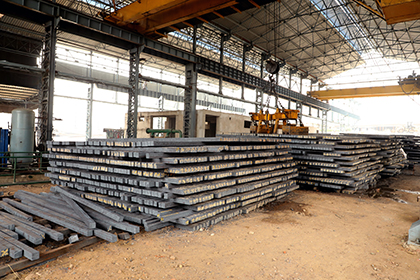
Wire rods are hot rolled wire with a diameter ranging from 5mm to 12mm. Hot casted billets produced from a continuous casting system are rolled with state-of-the-art facilities and technology to thick cross-sections and then cooled and coiled into the desired sizes. The cross-section of wire rods can be of various shapes such as hexagonal, round, semi-circular, or square. Wire rods come in various grades for wide applications in different sectors of infrastructure and engineering. Wire rods are used as feedstock for manufacturing binding wires, high-tension wire ropes, fencing, nails, screws, nets.
Shakambhari is one of the leading wire rod manufacturers in India that produce high-quality rods with the promise of dimensional precision. Wire rods produced here conform to IS2062:2011 and pass-through tensile test, elongation test, bend test and re-bend test before dispatch to its esteemed customers . The technical parameters of wire rods are majorly determined by the grade of Billets they are produced from, hence fully tested and zero-defect billets confirming to IS2830:2012 are only employed for the production of wire rods. MS Billets are manufactured in our integrated steel plant assuring stringent chemical composition and other quality norms.
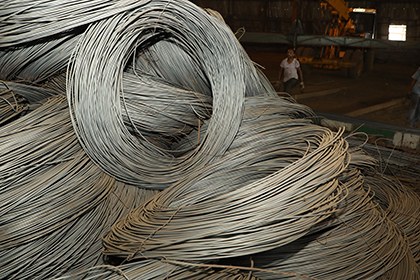
Iron pellets are small balls of iron ore used in steel production. Iron ores undergo a pelletizing process that combines mixing of raw materials, forming the pellet and thermal treatment baking. The process converts soft raw pellets into hardened balls of approx. 8 to 16mm diameters that are uniform in size and used as feed in Blast Furnace, Electric Arc furnace or DRI plant.
Iron pellets usually have high porosity which makes the reduction process quicker in the blast furnace. The spherical shape and open pores offer greater permeability which results in easy furnace operations. High pellet strength offers greater resistance when it comes to disintegration during the descent of burden.
Iron pellets are an integral component of steelmaking. From the construction of bridges to transport vehicles, planes, household appliances and many other infrastructures – steel is used in multiple industries and makes up much of the world around us. It has a great role to play in the advancement of developing nations which is continuously pushing the demand upwards.
Pellets are a type of agglomerated iron ore fines which has better tumbler index when compared with that of parent iron ore and can be used as a substitute of lump ore for the production of sponge iron and in blast furnaces for the production of hot metal. The iron pellets are produced with cold crushing strength (CCS) of 210+ and porosity of 24+” which helps to maintain grade in DRI fem – 80+ and our product mean particle size (MPS) is ~9.5-10 which assists in reducing oxygen in kiln and maintain consistency in grade. Iron Pellets are used as raw material for sponge iron and blast furnace.
Elegant can produce various grades/quality of pellet because of having rotary kiln where the pellets are heated and fired uniformly. The process can use multiple ores simultaneously by applying the art of raw material blending. Pellet process helps save energy i.e. power because of excellent heat recuperation and lower drop in pressure of gases. Apart from using items as input for our finished products.
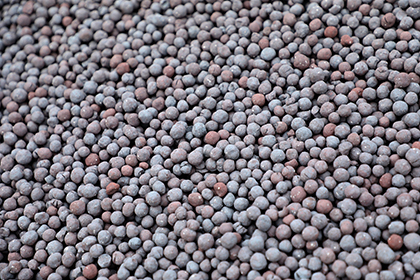
Since electrical energy plays a crucial role in various industries, uninterrupted electricity supply has become a necessity to ensure business continuity. The integrated captive power plant allows power generation close to the source of use for exclusive consumption which is very crucial for an energy-intensive industry like us. It facilitates high fuel efficiency and ensures a continued and quality energy supply.
Frequent increases in electricity tariff, poor quality of grid supply, forced outages, power cuts for a long period have forced many industries to have their own power generating station within premises. The method of generation is known as Captive Power Generation and such plants are called Captive Power Plants. The electricity produced in Captive Power Plant within premises is a cost-effective option rather than availing power supply from the grid. Additionally, transmission and distribution losses as well as electric theft can be avoided. With Captive Power Plant, forced outages can be less frequent than that of the grid supply. Also, power cuts are totally avoided.
